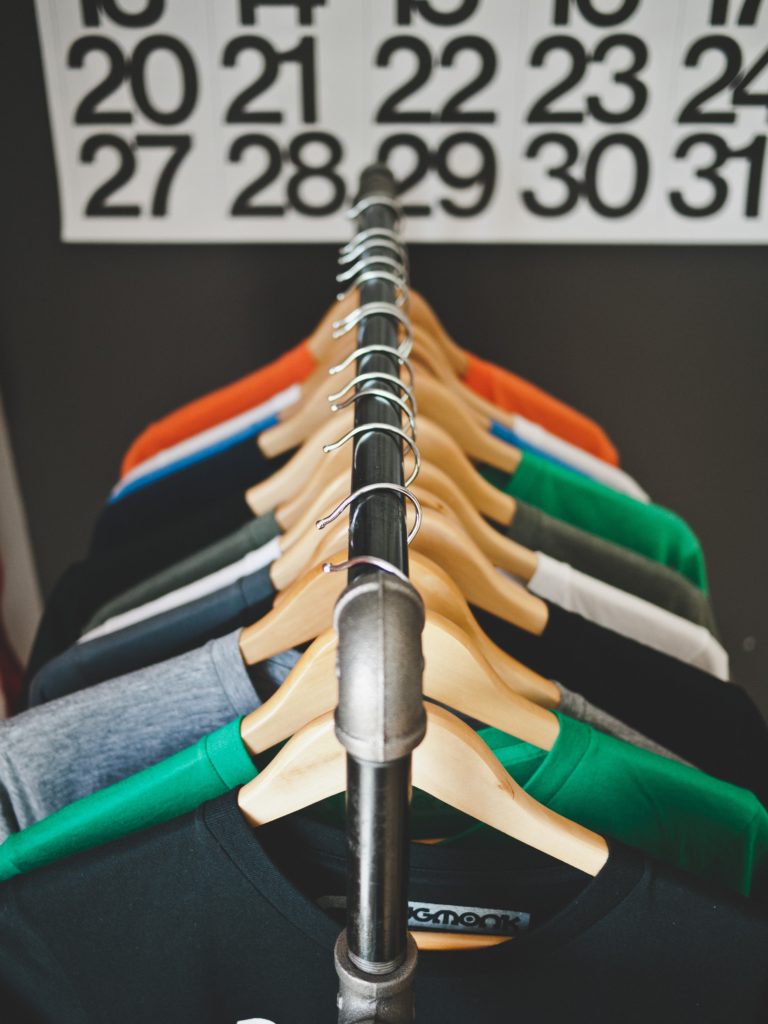Starting a clothing brand is probably one of the cheesiest ways of making money. It seems as though 90% of young ‘entrepreneurs’ sell T-shirts online and it looks like I’m about to join them.
The whole idea started from a friend asking me if the following designs would look cool on a T-shirt.
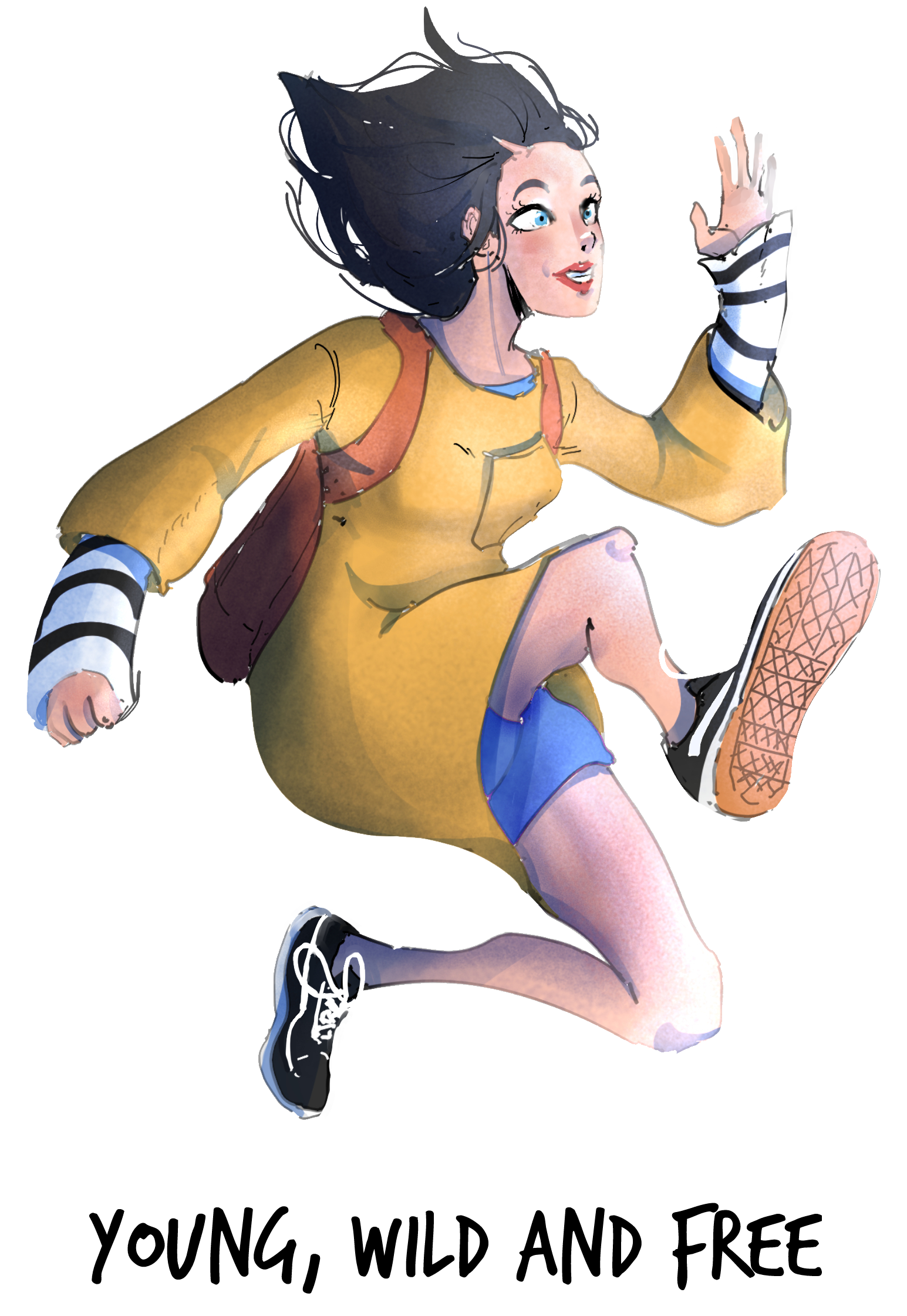
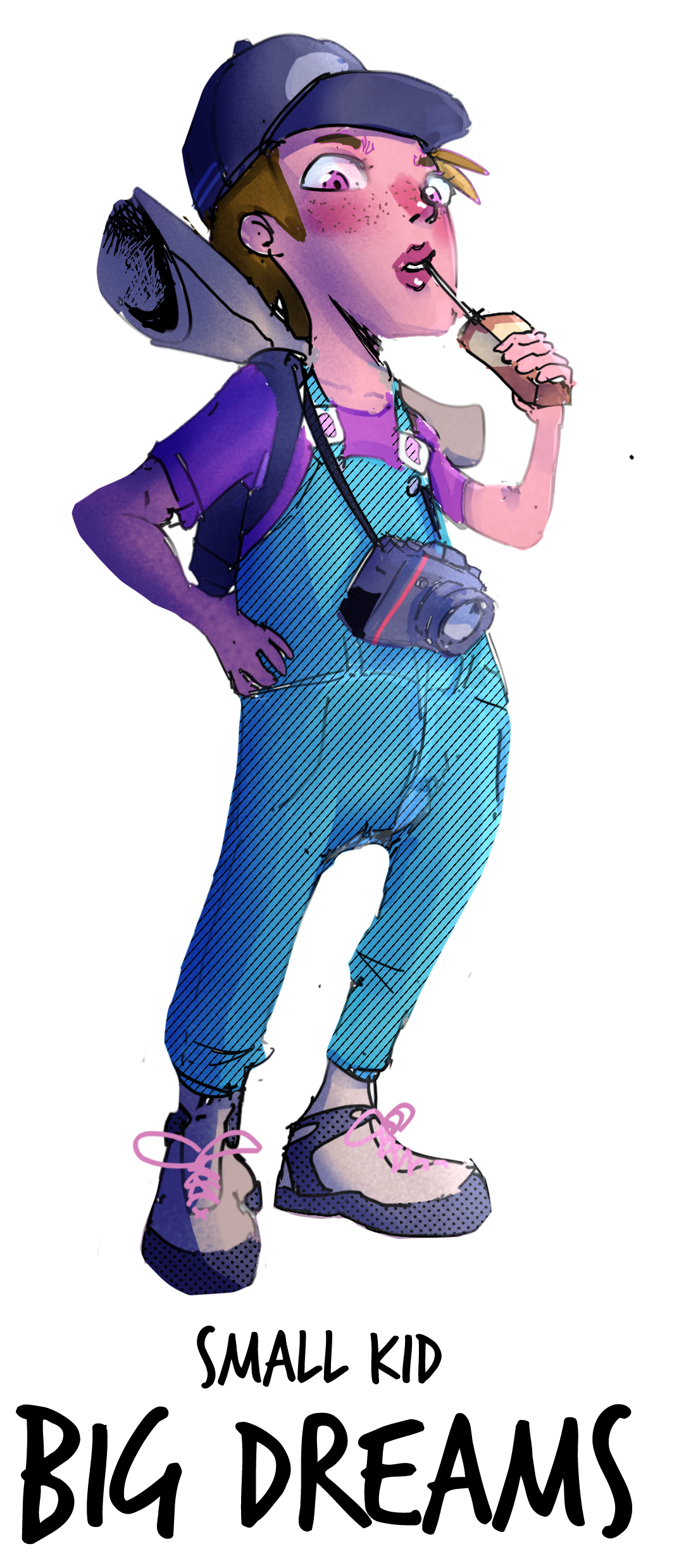
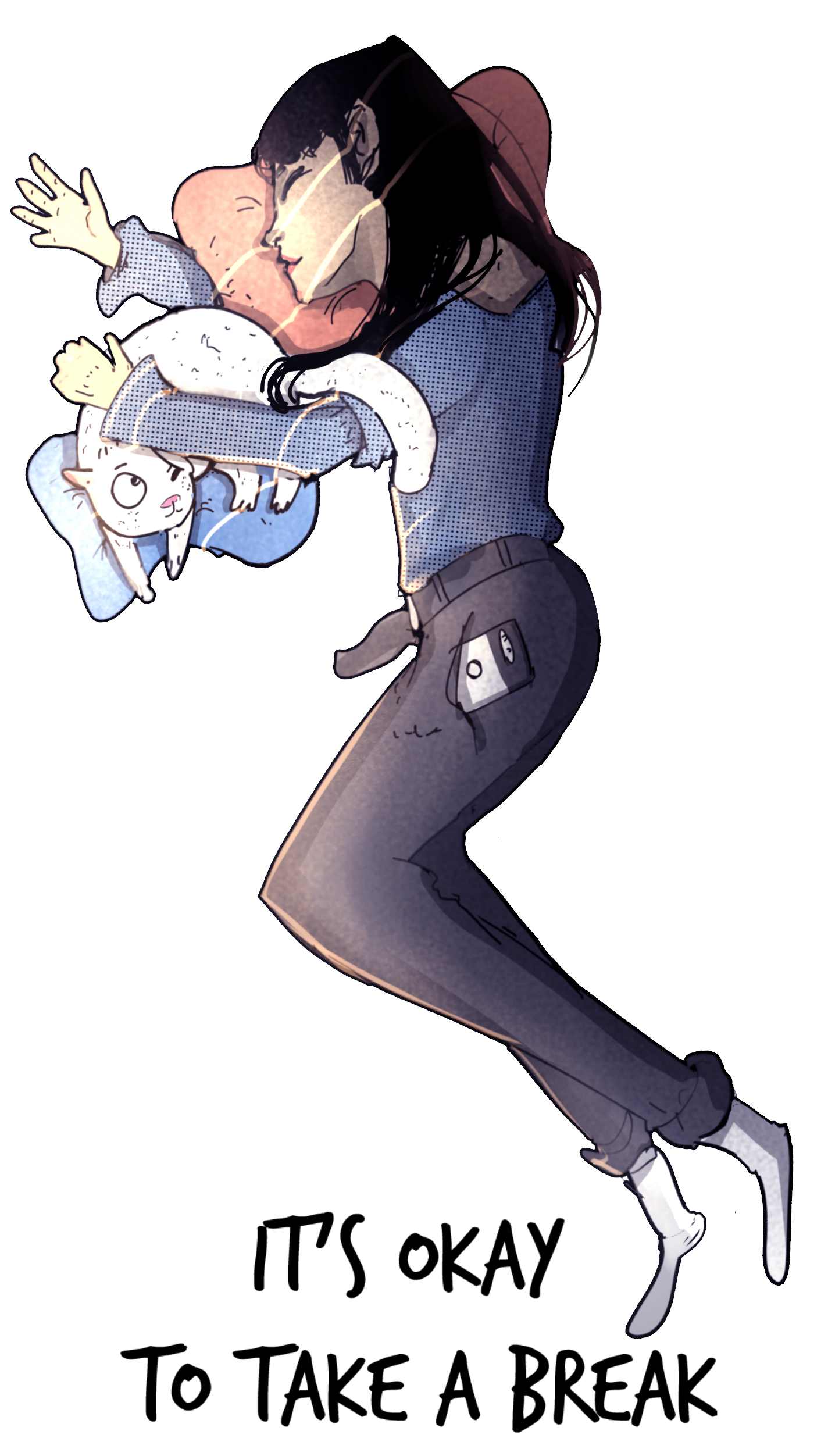
Evidently, I thought it’d look very cool on a t-shirt otherwise I wouldn’t be writing this article, or indeed creating this business. I also loved the rest of his artwork (judge for yourself) so I had no doubt that this design wasn’t a lucky fluke allowing for the potential to create more designs in the future.
Sofa Market Research
Whilst I loved the designs, I couldn’t be sure whether other people would also love them. To resolve this problem I simply messaged a bunch of friends the simple question of “would this look cool on a T-shirt?”. Who says market research has to be hard? I took special attention to the feedback from those who belong to the demographic that I assumed would take a specific liking to the artwork. Feeling confident that enough people would be interested in the product to warrant continued work on the idea, I then developed a set of demographics that would be most interested in the product. If there were significant capital costs associated with starting the business, this sofa market research would undoubtedly be risky. However, due to the way we’re setting up the business as you’ll read later, we keep our capital costs to a minimum.
Demographics and Naming our Brand
It should be noted that these demographics are simply assumed based off of who I believe would be interested in the product, not necessarily the actual demographics. Rather, the actual demographics used to build a set of ideal customer profiles are found through factors such as analysing social media followers, looking at those who actually purchase from you, tracking engagement of paid ads (i.e ads aimed towards certain demographics performing better), and Facebook Pixel. However, since we don’t have any of that information, for now we just have to make assumptions based off of the artwork itself. Assumed customer profiles with their associated demographics and psychographics are as follows:
The anime nerd:
- 16-21 likely to be male
- Heavy consumer of anime and manga, likely subscribed to crunchyroll (netflix but for anime)
- Takes an interest in other ‘nerdy’ interests. I.e gaming
- YouTube used as a prevalent source of entertainment
- Either in sixth form, university, or an entry level job
- Low disposable income
- Likely still living at home
The edgy teens:
- 16-20 split between male and female
- Listens to indie music (so do I)
- Low disposable income
- Again, likely to be living at home
- Inclined towards tattoos and piercings
As I said before, when we start getting traffic we’ll have a much better idea of these customer profiles through analysing data gained from Facebook Pixel and Google analytics. Through these assumptions, we give ourselves a base from which customers can be targeted from through paid and organic channels.
It was time to come up with a name for our clothing brand using these customer profiles and the designs themselves to guide us. For me, the designs feel very influenced by Japanese anime and manga so I figured that an anime-esque sounding brand name would work great. Furthermore, it fits perfectly into one of our customer demographics which is just wonderful.
As someone who doesn’t watch anime or manga, this proved to be a problem. After looking through a list of the top 20 best anime’s, I felt inspired enough to attempt to come up with a name for the clothing brand. For whatever reason, ‘Rokudo’ stuck with me. After a quick Google search, apparently it translates to the six realms of existence in Japanese. I’ve never heard of anything so cool in my life. I think we have our brand name.
Domains and Hosting
Regarding the domain, my first thoughts naturally went to Rokudo.com. Unfortunately, this was taken but I came up with the brilliant idea of pretending to be a student looking to purchase the domain for a school project. A little lying never hurt anyone. Regardless, the merciless and unforgiving owners of the domain didn’t really care and told me that at the minimum it would have to be a higher offer than $1000. It was worth a try right?
Luckily, the domain Rokudoclothing.com was available for £7.50 with Namecheap which sounded a lot more convincing than $1000. I already had hosting with Namecheap so once again this kept costs to a minimum. If you’re starting your own business anytime soon, feel free to click my Namecheap link here to get cheap domains and hosting just like I’ve done! Every time you purchase something using my link, I’ll get a bit of money which I may or may not use to buy 500 double cheeseburgers at McDonald’s. I like double cheeseburgers.
But the hardest part was yet to come. Conveniently enough, the hardest part is also the most annoying part, as it is with most things. For a clothing brand in particular, this comes in the form of logistics. How do we get our products from the manufacturer to the consumer? How do we deal with refunds? How do we deal with stocking different sizes and different colours? These are all extremely fun questions that we need to answer if we want our clothing brand to run smoothly. A big factor in these decisions is where exactly we were going to source our products from.
Sourcing our products
Perhaps one of the most important parts within logistics, where we source our products from has a huge impact on delivery times, product quality and cost, as well as the size of our inventory. These are all very slightly important to our business so we need to get this done right. There are two main ways of sourcing products for a clothing brand which I’ll outline below.
Sourcing from a manufacturer
This is the most basic form of sourcing. Buy products in bulk, they get delivered to your door. Done. The problem here though presents itself when shipping the product to our customers. Preferably I’d like to avoid spending time packaging up my own products, heading to the post office and shipping them out. I’d like to think that I have much better things to do with my time (I don’t). Adding a fulfilment company to the mix resolves this problem and creates a delivery structure akin to the following beautiful diagram.

A fulfilment company fulfils the role of anything associated with getting the product to the customer including packaging, shipping, stocking inventory, and handling refunds all in a neat little package. I’m a fan of anything that makes my job way easier and this does just that. It should be noted however that it is essential to get at least the first batch of products sent to you personally instead of directly to the fulfilment company. This gives you an opportunity to check the quality of what you’ve ordered and ensures that you’re not sending crappy products to your customers.
The problem with this is that it requires quite a large investment upfront in the form of buying our initial products in bulk. Many of the clothing manufacturers that I looked at required either a minimum order quantity, or just simply made it very expensive to order below a certain amount of products. This number typically amounted to any number below 50 T-shirts for each design. If you’re not into boring calculations (who is?) then feel free to skip to the next subheading.
Per design (50 t-shirts within each design), the unit cost for just the t-shirts comes to £113.40. A customisation cost of £133 is then added on to this, plus £15 for packaging. This means that per T-shirt design, our total unit cost comes to £261.40. In order to have a barely acceptable amount of products, we’d have to have at least 3 T-shirt designs which, based off of these calculations, would cost £784.20. Ouch.
If we divide the cost of one set of designs by 50, this gives us a cost of £5.23 per unit regardless of design. A fulfilment company would charge roughly £2 per order so this puts us at a price of £7.23 per unit when we exclude our marketing costs and transaction fees.
Keep in mind however that we need to take into account managing our inventory in the form of establishing reorder points and ensuring we have all different sizes stocked 99% of the time or else face missed sales. This is annoying and long. Fortunately, we have an alternative.
Drop-shipping from an on demand T-shirt supplier
Drop-shipping is infamous for being the ‘easy way to make money online’. Every business ‘guru’ out there wants you to pay for their course on how they started their drop-shipping store with a turnover of billions only working 2 hours a week while sipping on a margarita laying on the beach in a tropical island. Regardless of this, drop-shipping is seriously powerful. Whilst you won’t be sipping any margaritas on a beach anytime soon, it can definitely be utilised to help create a high revenue e-commerce store. I’ve created another amazingly beautiful diagram to illustrate how drop-shipping works in practise.
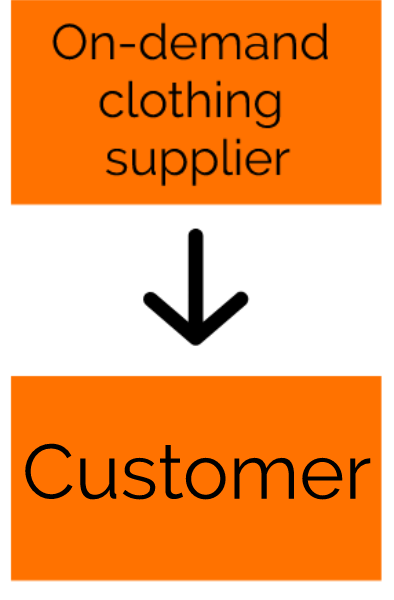
When we compare this diagram to the one relating to sourcing from a manufacturer, you’ll notice that there is no fulfilment company involved. Through drop-shipping, we essentially skip this part of the supply chain, meaning the product is sent directly from the manufacturer to the customer. Costs of manufacturing and then delivering the product to the customer ranges from just below £10 and £11.50 depending on the supplier chosen.
The best part though? No upfront investment is required. Whilst profit margins are roughly £4 lower if we were to drop-ship, this is no doubt worth it to avoid a hefty upfront investment. In relation to this, we would be able to stock significantly more goods because of the lack of upfront investment required. This means that instead of only stocking 3 T-shirt designs, we can also have the same designs on a hoodie and a beanie, thus making our online store look significantly more full, providing us with the opportunity to cross-sell between products. It’s safe to say that my decision as to how to source our products has been made.
Having said that, once our products have been validated through consistent sales and customer feedback, sourcing from a manufacturer is definitely the best option. It allows for a greater control of costs, better shipping times, and a better profit margin. Before the product has been validated though, this is a risky option.
Next steps
Probably one of the biggest steps will be making the actual website. Due to the way we are structuring the business logistically, it’s the same amount of work to fulfill 5 orders as it is to fulfill 5000 orders. For this reason, 80% of the work relating to the business will be endured when initially setting up the business, including the website. Furthermore, we’ll also need pictures of our product, not to mention ordering the product itself to check quality and to take pictures of. Fortunately, you’ll be there with me to endure it (hopefully).
Feel free to subscribe to my email newsletter at the bottom of the page to get notified when I upload the next part. Have a great day!

